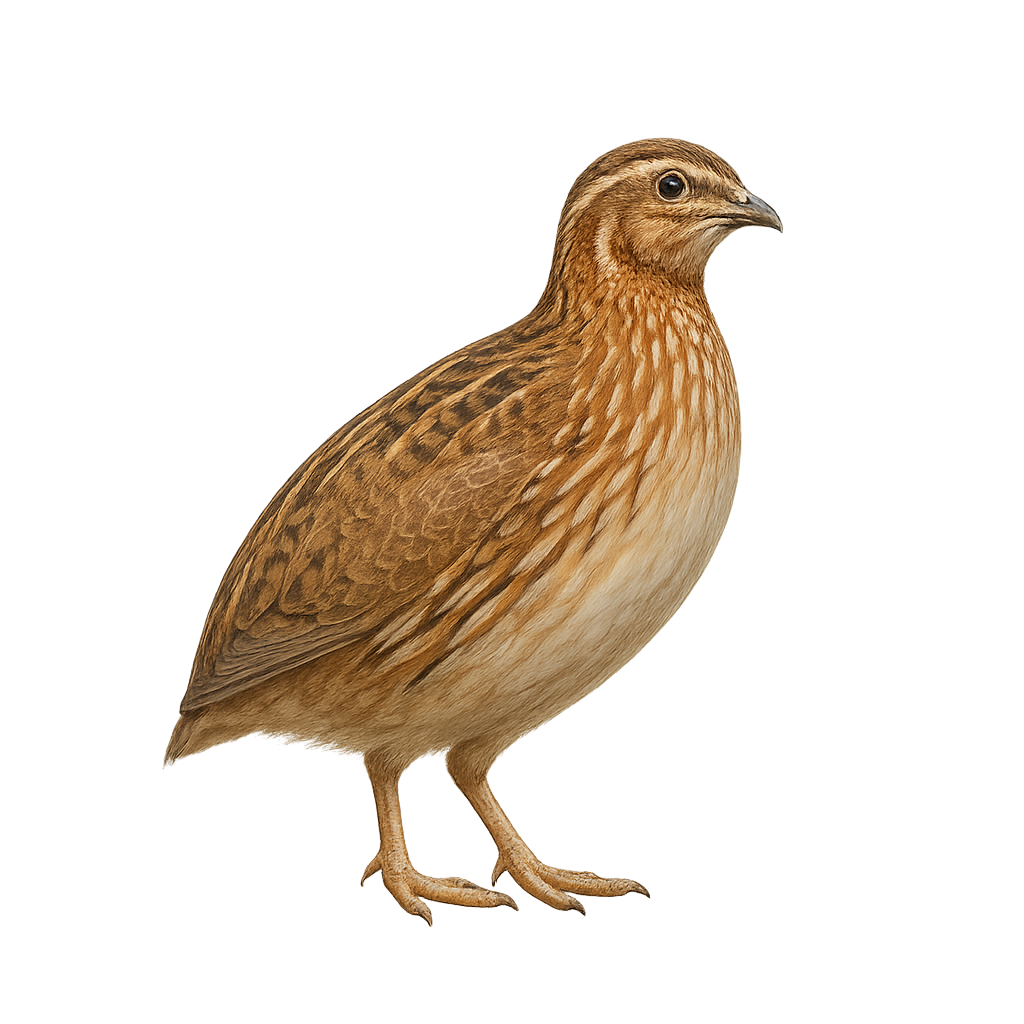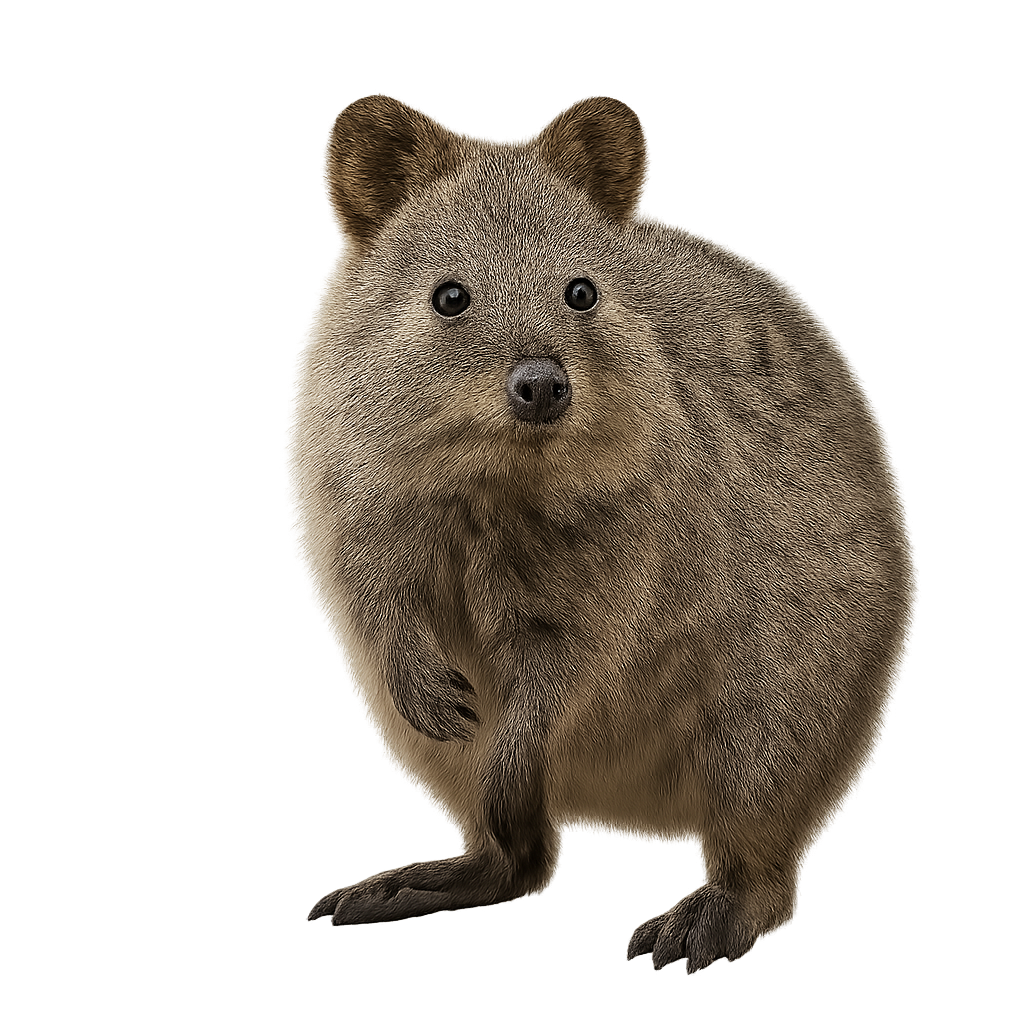Your wildlife tracking tool..
Browse 2,846species by country, track observations, and plan your photo outings.
Your global reference for wildlife photography
WildlifePhotographer gives you access to over 2,846 wildlife species sheets to help you identify, understand, and photograph wildlife around the world. Mammals, birds, reptiles… each sheet provides key information: habitat, activity, life cycle, signs of presence, and tailored photo tips.
Our database grows every week with new iconic species. To go further, access maps, reminders, logs, and personalized statistics in the app — designed to meet the real needs of wildlife photographers in the field.
Quail
Coturnix coturnix
The Common Quail is a small, ground-dwelling bird, easily recognizable by its striped brown plumage and small size. It primarily inhabits fields, meadows, and open agricultural areas, where it blends perfectly into the vegetation. This bird is mostly terrestrial, spending much of its time running through tall grasses rather than flying. When it does take flight, it is usually quick and short, a strategy to escape predators.
The Common Quail is migratory, leaving its breeding grounds in Europe and Asia to travel to Africa during the winter. Its population is declining in some areas due to habitat loss, intensified agriculture, and hunting. Despite these threats, conservation efforts have been implemented to stabilize local populations.
Quokka
Setonix brachyurus
The quokka, or Setonix brachyurus, is a medium-sized marsupial native to Australia, often dubbed "the world's happiest animal" due to its smiling facial expression. It measures about 40 to 54 cm in length with a short tail of 25 to 30 cm. Its fur is brown-grey, dense, and woolly. Quokkas primarily inhabit Rottnest and Bald Islands near Australia's west coast. They are herbivores, feeding on leaves, grasses, and stems. Although mainly nocturnal, they can be active during the day. Quokkas are known for their curious and not very shy behavior towards humans, making them popular with tourists. However, it's important to respect their natural habitat and not feed them.



